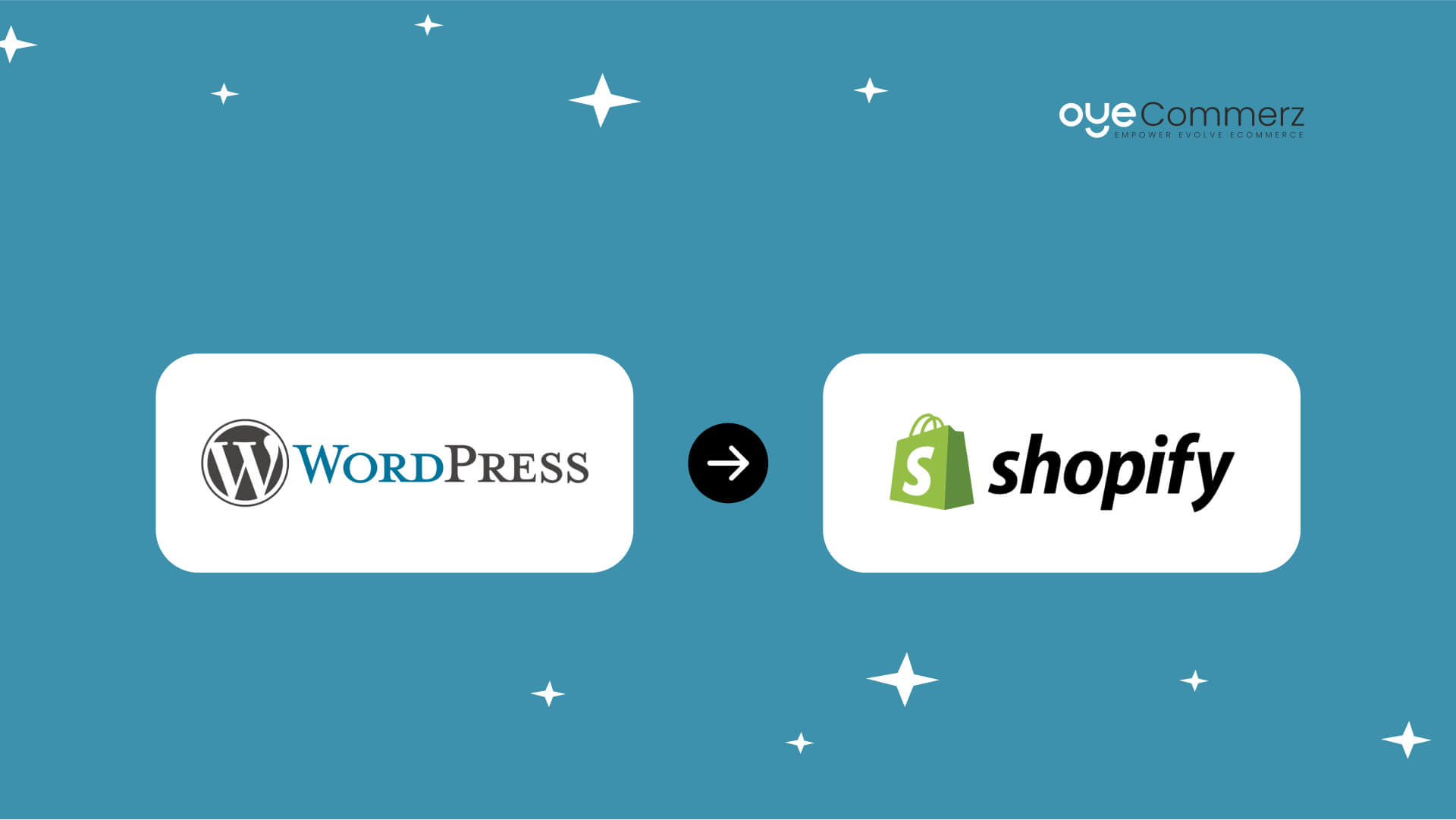An e-commerce platform's success is defined by its scalability, adaptability, and ability to offer seamless experiences to customers.
If you’re planning to migrate from WordPress to Shopify, you’re likely aiming for superior performance, greater functionality, and a more future-proof platform.
Discover the critical steps, expert tips, and proven strategies for migrating to Shopify with minimal disruptions and maximum impact.
Reasons to Transition from WordPress to Shopify
While WordPress offers versatility, its reliance on multiple plugins often creates hurdles for scaling.
Shopify is designed specifically for online retail, offering powerful tools, security, and scalability to fit businesses of any size.
As of 2024, Shopify powers over 4.5 million online stores worldwide, solidifying its position as a leader in e-commerce.
Switching to Shopify can unlock benefits in payment integrations, mobile optimization, and order management.
Let’s dive into the key steps to migrate seamlessly.
Step 1: Evaluate Your Online Store's Requirements
Begin with a detailed assessment of your store’s strengths, weaknesses, and goals.
Pinpoint challenges such as reliance on plugins or suboptimal page speed that restrict growth.
For example, Shopify offers integrated features like Shopify Payments and customizable themes, reducing third-party tool dependency.
Step 2: Plan Your Migration Thoroughly
Migrating without a structured approach can lead to errors, data loss, or unexpected downtime.
Prepare for a seamless move by addressing essential aspects like inventory details, customer databases, and sales records.
Leverage Shopify’s in-built tools and external integrations to handle data migration securely and efficiently.
Step 3: Customize Your Shopify Store
Create a brand-consistent shopping experience using Shopify’s versatile customization tools.
Browse the Shopify Theme Store for templates or modify them to enhance user experience.
Premium themes like “Impulse” and “Prestige” offer advanced features and mobile-friendly designs.
For large-scale operations, Shopify Plus customization ensures a distinctive brand presence.
Partner with Oyecommerz Shopify app ecosystem to design Shopify Plus themes tailored for high-performing online stores.
Step 4: Preserve Your SEO Rankings
Maintaining your SEO settings is crucial to keeping your website visible in search results.
Shopify offers URL redirection to ensure that your visitors land on the right pages.
Customize meta tags and integrate Google Analytics to track performance post-migration.
Studies show that overlooking SEO during migration often leads to a drop in site traffic.
Step 5: Leverage Shopify’s App Ecosystem
Unlock advanced features for your store with Shopify’s rich selection of apps.
Integrate apps such as Klaviyo for targeted email campaigns or Yotpo for showcasing user reviews.
Oyecommerz offers Shopify API services to integrate advanced tools and streamline processes.
Let Oyecommerz connect third-party solutions to your Shopify store for smoother operations.
Step 6: Ensure Mobile-Friendliness
Mobile shopping now represents over half of online purchases, emphasizing the need for mobile-friendly design.
Every Shopify theme is built to adapt seamlessly to different screen sizes and devices.
Shopify’s payment options, like Shop Pay, offer a quick and frictionless checkout experience.
With optimized navigation and fast loading times, your store can thrive in the mobile-first era.
Step 7: Train Your Team
Training your team to navigate Shopify ensures they maximize its features effectively.
Teach staff how to manage products, track orders, and utilize reporting tools for insights.
An informed team will help you leverage Shopify to its full potential, streamlining operations.
Step 8: Verify Store Readiness Pre-Launch
Run thorough checks on your Shopify store to address potential problems before it goes live.
Verify that product information, inventory, and navigation links are error-free.
Test your payment systems and confirm the checkout process works seamlessly across platforms.
Proper testing guarantees your customers will experience a polished and professional site from day one.
Step 9: Promote Your Migration Strategically
Capitalize on your migration by generating buzz among your existing and potential customers.
Leverage email marketing and social platforms to highlight the advantages of your upgraded store.
Showcase features like faster load times and a secure checkout to build trust and excitement.
Conclusion: Shopify – The Key to E-Commerce Growth
Switching to Shopify is not WordPress plugin integration with Shopify just a migration; it’s a leap toward long-term success.
Shopify’s robust tools, scalability, and seamless integrations create an ideal platform for growth.
For businesses of any size, Shopify offers unparalleled support for achieving e-commerce goals.
Partnering with Oyecommerz ensures a smooth migration with minimal disruption to your operations.
Our Shopify migration services help unlock your store’s full potential while ensuring a hassle-free experience.
Ready to elevate your e-commerce strategy with Shopify? Let’s discuss your journey to success.
